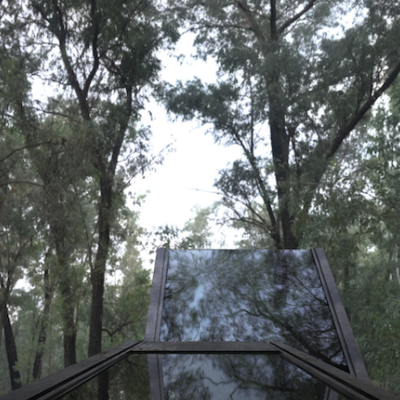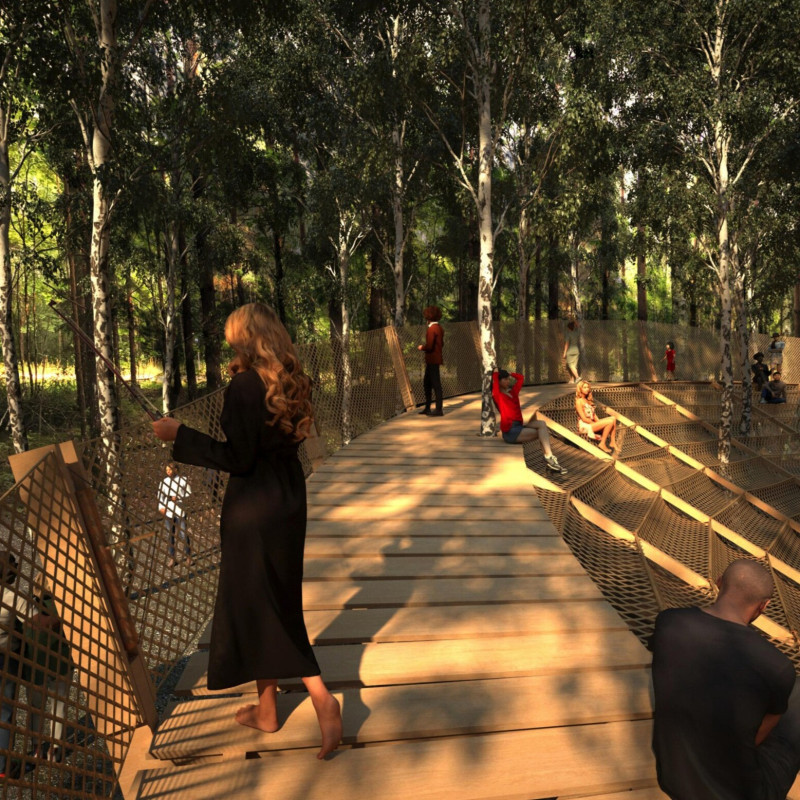5 key facts about this project
From the outset, the architecture demonstrates a careful attentiveness to both scale and proportion, which allows it to harmonize with neighboring structures. The design philosophy appears to stem from an appreciation for the local architecture while introducing contemporary elements that encourage engagement and exploration. This balance creates a dialogue between old and new, allowing the architecture to stand as a meaningful part of its setting.
The exterior of the project is defined by a palette of materials that accentuate its form while providing durability and aesthetic continuity. Notable materials include reinforced concrete, which serves as the primary structural component, providing robust support while facilitating long-spanning spaces. This is complemented by an extensive use of glass that enhances transparency, inviting natural light into the interior and establishing a visual connection between the inside and outside environments. Additionally, sustainably sourced timber accents add warmth to the overall aesthetic, fostering a sense of comfort and belonging. The careful integration of these materials reflects contemporary architectural sensibilities while adhering to sustainable design practices.
The layout of the project is thoughtfully organized to enhance functional efficiency. Key areas are strategically positioned to optimize flow and accessibility. Common spaces encourage social interaction and collaboration, while private areas maintain a level of intimacy necessary for focused activities. This zoning allows users to move fluidly through the space, fostering a sense of community while catering to individual needs.
Unique design approaches are evident in various aspects of this project. The roofline, for instance, has been designed not just for its visual appeal but also to maximize rainwater collection, utilizing a system of channels and storage cisterns. This underscores a commitment to sustainability through innovative solutions that address practical challenges. Moreover, passive design strategies are employed throughout, with optimal window placements that facilitate natural ventilation and lighting, reducing reliance on mechanical systems.
Landscaping has been carefully considered, creating outdoor spaces that support both recreational activities and contemplative experiences. Native planting ensures that the surrounding ecosystem is respected, further embedding the project within its geographic context. The integration of green spaces reinforces the project’s commitment to enhancing environmental quality while providing users with a pleasant atmosphere.
Overall, the architectural design project stands as a notable contribution to its environment. The intentional selection of materials, innovative design solutions, and thoughtful layout reflect a deep understanding of both functionality and context. This project sets a benchmark for future developments, showcasing how architecture can effectively respond to community needs while promoting ecological responsibility. Readers are encouraged to explore the project presentation for further details about the architectural plans, sections, designs, and ideas that contribute to its thoughtful execution.


 Ilga Nelles,
Ilga Nelles,  Verena Claudia Nelles Kempf
Verena Claudia Nelles Kempf 























